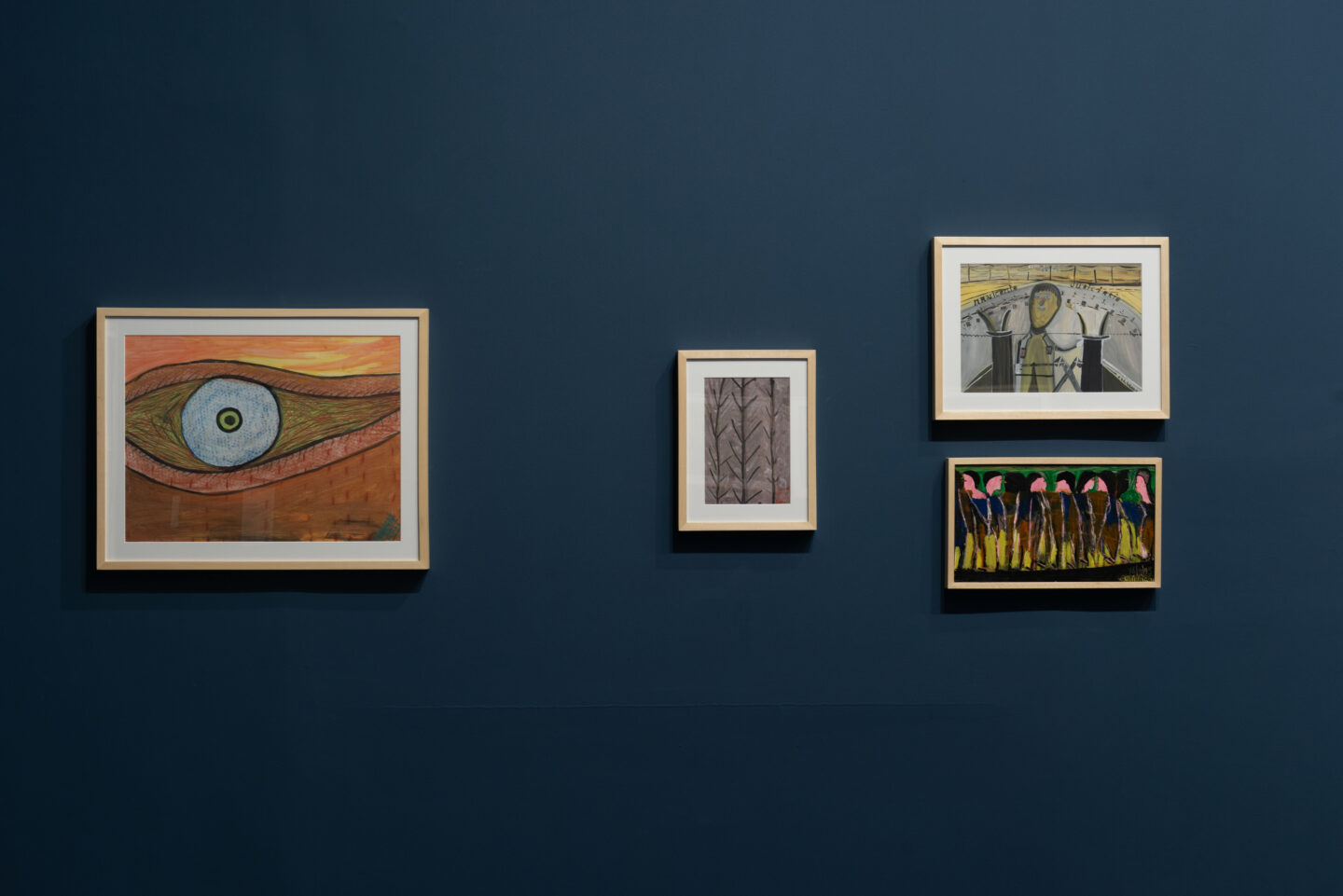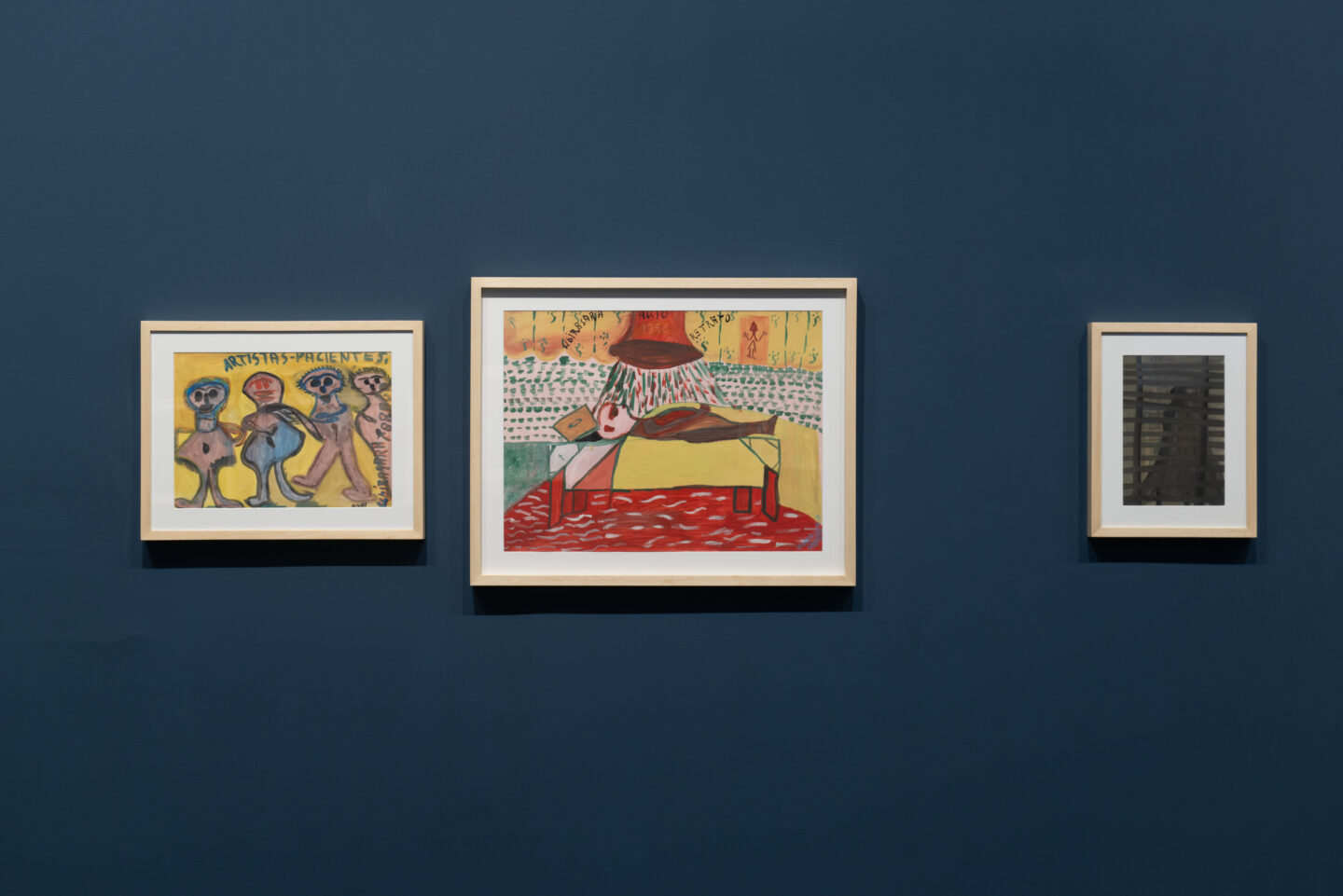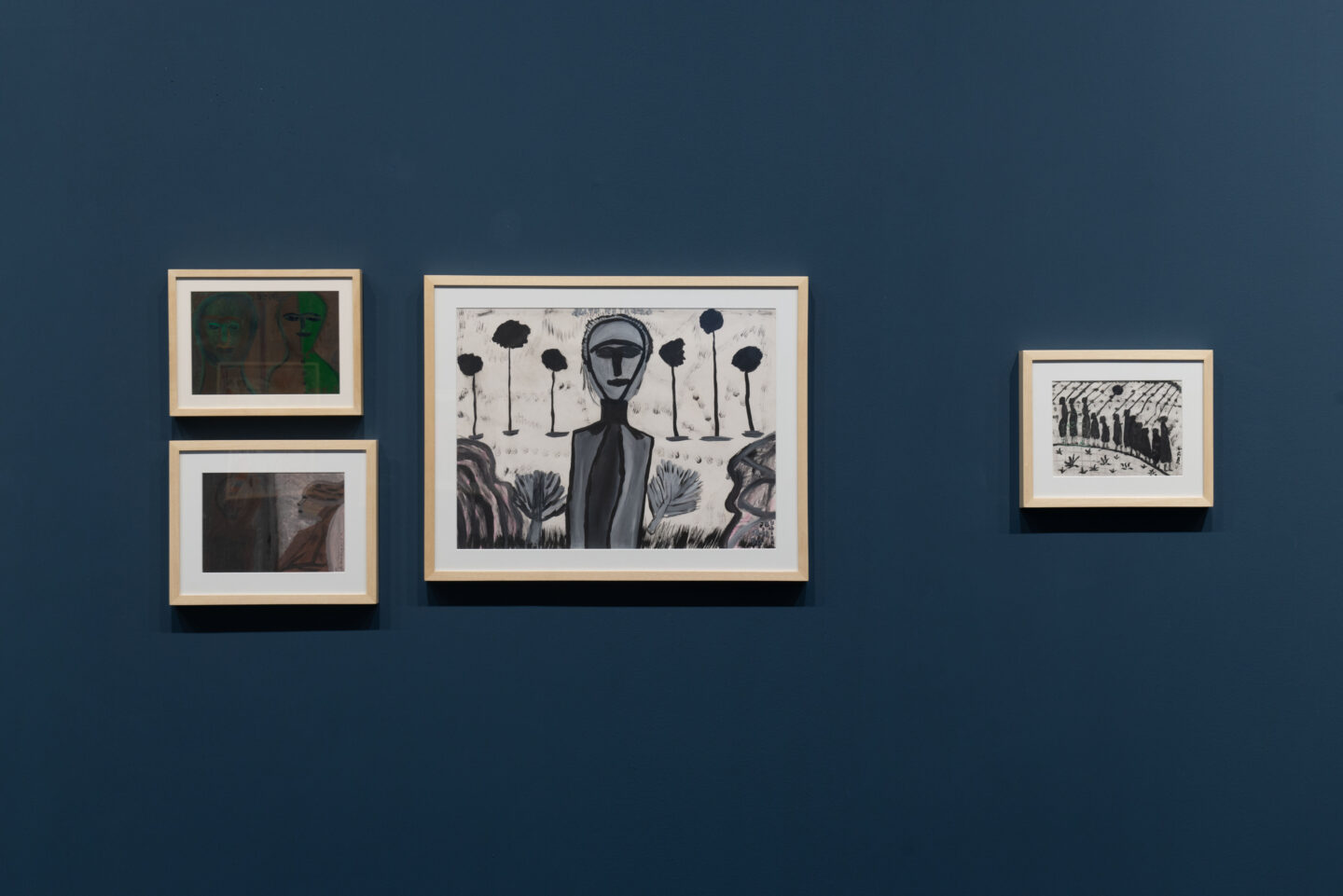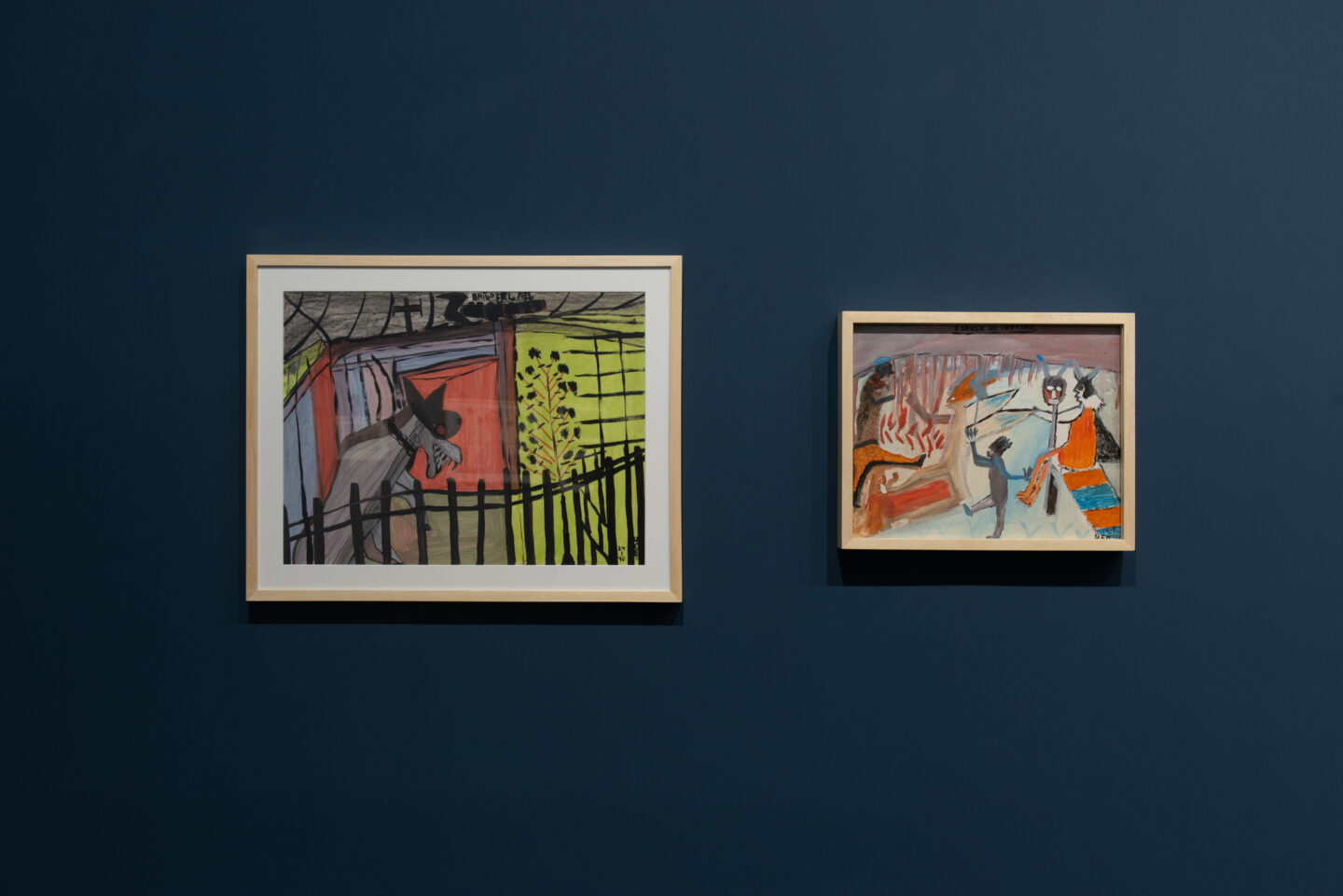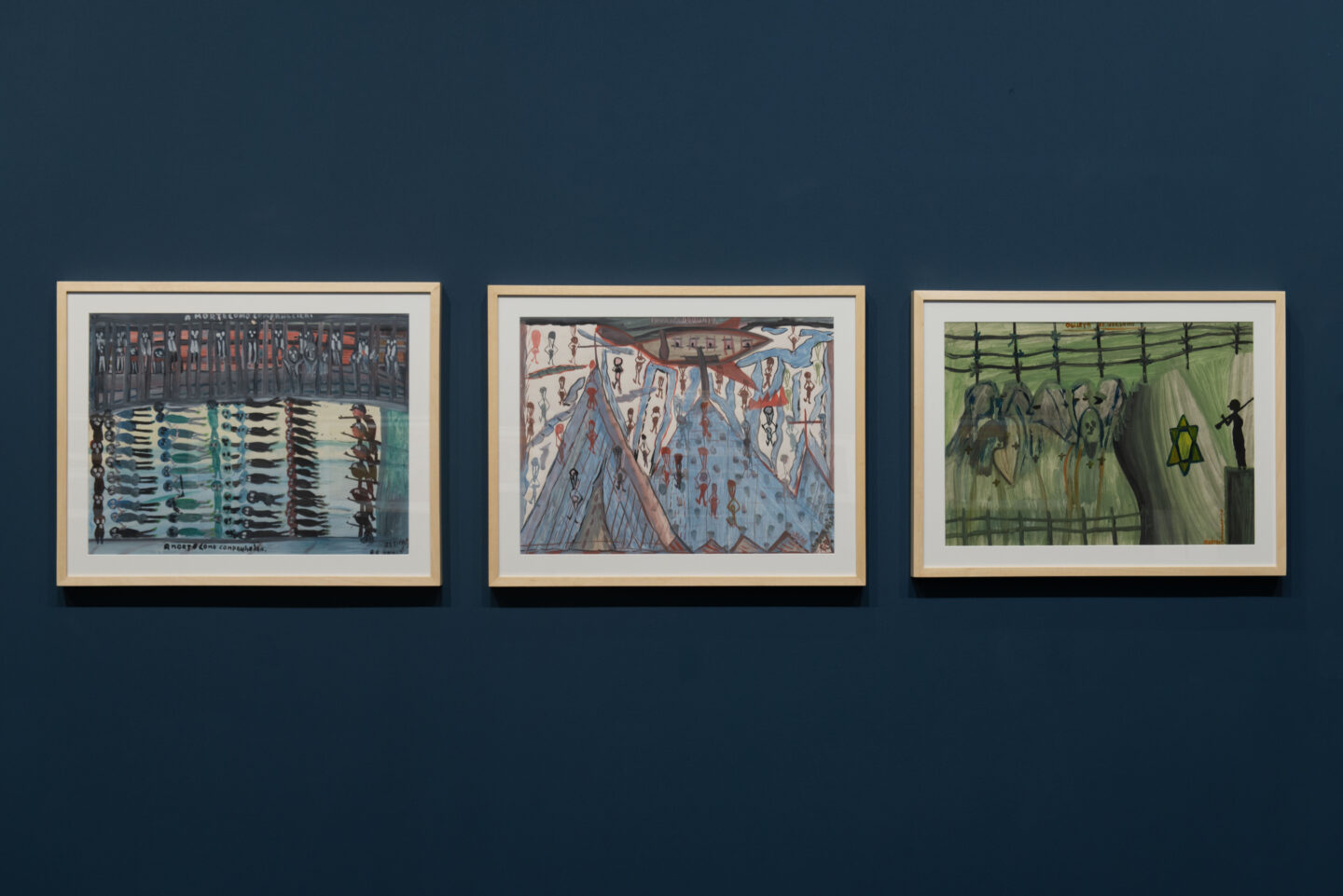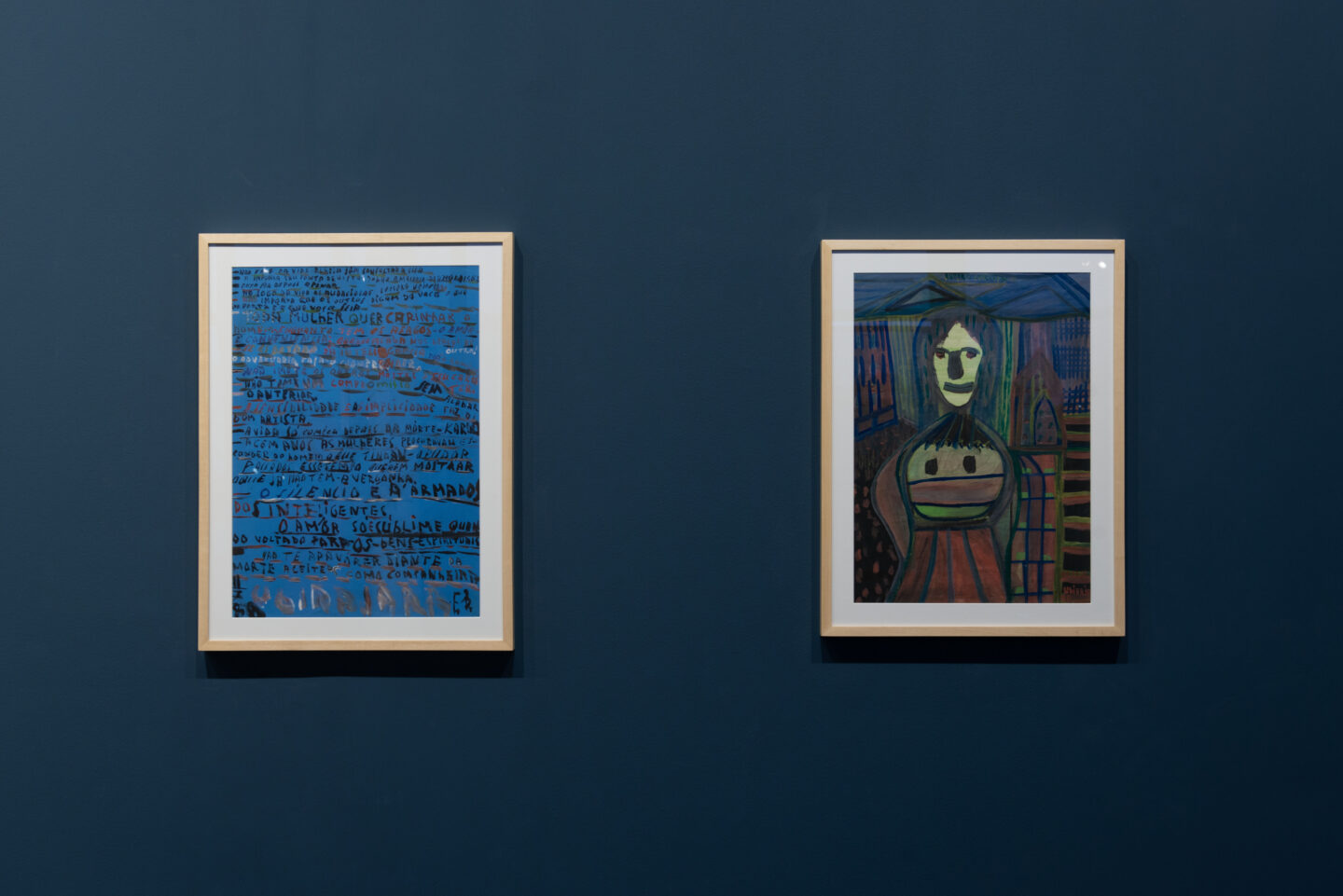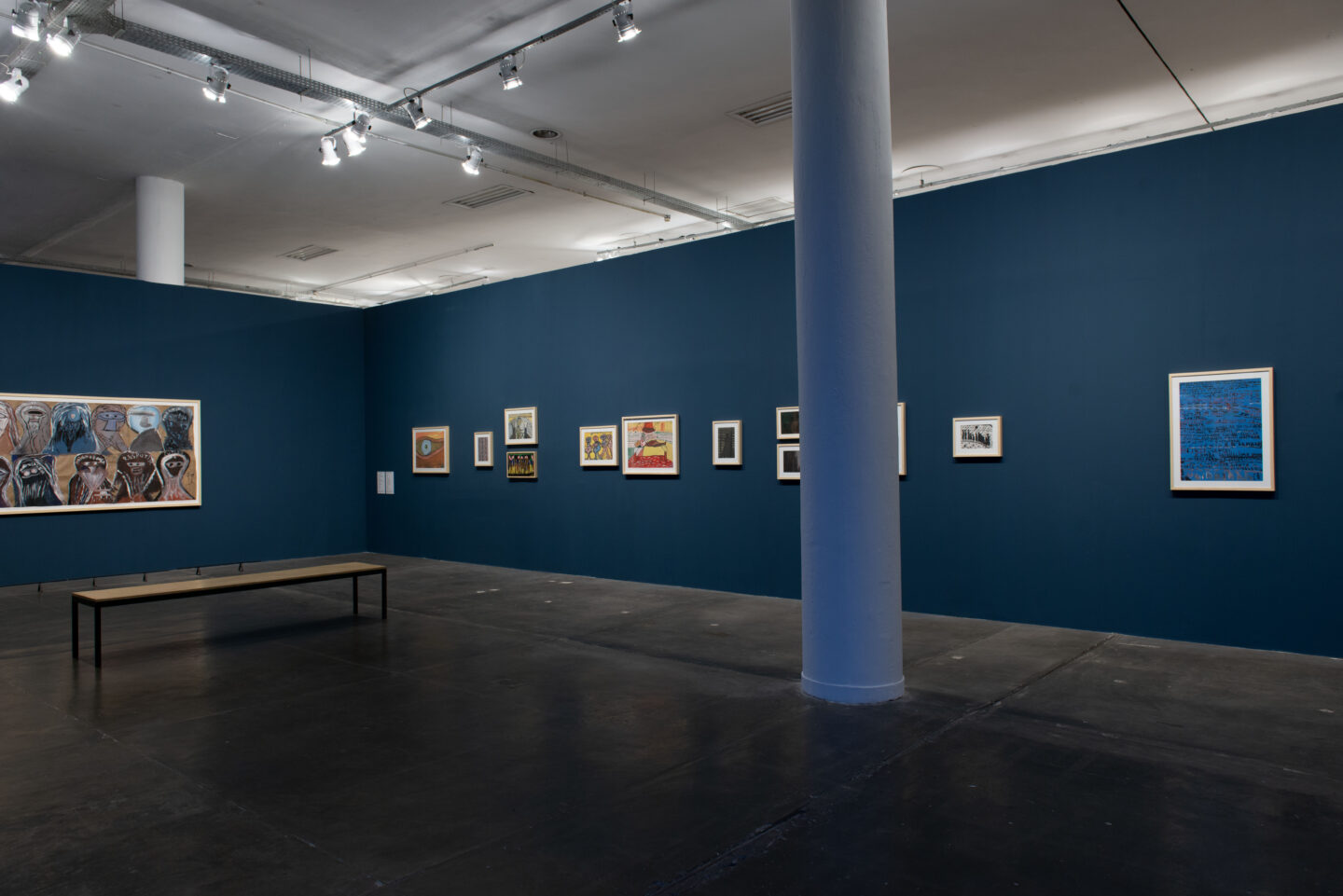
Ubirajara Ferreira Braga
“The most fruitful plastic artist in the colony”: almost 3 thousand paintings.
From nearly sixty years old almost until his death in the year 2000 (when the Y2K did not bug, unlike the psyche), Ubirajara Ferreira Braga (1928–2000) painted thousands of canvases.
He also printed a business card, in which he proudly showcased his profession: “plastic artist.”. A movie telling of his diagnostic sheet paints him as a “calm, conscious resident” of the equerry (psy-chi-a-tric) colony. And the public archive stored by the world wide web documented that he was, also, for a brief moment, dealer of his own artworks. This occurred within a unique dwelling that was, in fact, an asylum, that has gone down in history as the “city of the mad,” situated in the city of Franco da Rocha. The asylum had strict regulations concerning the external circulation of artworks created by its residents.
Another account, passed down through word-of-mouth by those who fight for justice, also refers to that city as the “city of the dead”: 50 thousand. In this ambiguous city – both known as the city of the mad and city of the dead – Ubirajara Ferreira Braga, with his tupi name meaning The Lord of the Spear, reveals so much about his history, painted his almost 3 thousand paintings.
In these etymo-geographic twists, something resides between Ògún, the blacksmith (as in the painter’s surname1; God of the forge, of survival technologies), Ṣàngó of truth, who always embodies a type of justice (and of quarry, like the one that housed the city of the mad), and, of course – this is where these words wanted to land, since the beginning – Òṣósi: hunter, spearman, maddened, maddening. dweller of the forest.
There is a legend that narrates how Òṣósi, driven to madness (perhaps by love) ventured deep into the heart of the forest, seeking solace away from the world. only “his beloved daughter, Ọya, danced his death, for many nights and days, allowing his spirit to get to Orun, another sort of heaven. another sort of dwelling. mMaybe a calm one. where maybe Ubirajara now lives. without as much red, as I have seen in the works he painted inside Juquery’s walls.
tatiana nascimento
translated from Portuguese by bruna barros and jess oliveira
1. “ferreira” means blacksmith in Portuguese. [t.n.]
- Vista de obras de Ubirajara Ferreira Braga na 35ª Bienal de São Paulo – coreografias do impossível © Levi Fanan / Fundação Bienal de São Paulo
- Vista de obras de Ubirajara Ferreira Braga na 35ª Bienal de São Paulo – coreografias do impossível © Levi Fanan / Fundação Bienal de São Paulo
- Vista de obras de Ubirajara Ferreira Braga na 35ª Bienal de São Paulo – coreografias do impossível © Levi Fanan / Fundação Bienal de São Paulo
- Vista de obras de Ubirajara Ferreira Braga na 35ª Bienal de São Paulo – coreografias do impossível © Levi Fanan / Fundação Bienal de São Paulo
- Vista de obras de Ubirajara Ferreira Braga na 35ª Bienal de São Paulo – coreografias do impossível © Levi Fanan / Fundação Bienal de São Paulo
- Vista de obras de Ubirajara Ferreira Braga na 35ª Bienal de São Paulo – coreografias do impossível © Levi Fanan / Fundação Bienal de São Paulo
- Vista de obras de Ubirajara Ferreira Braga na 35ª Bienal de São Paulo – coreografias do impossível © Levi Fanan / Fundação Bienal de São Paulo
- Vista de obras de Ubirajara Ferreira Braga na 35ª Bienal de São Paulo – coreografias do impossível © Levi Fanan / Fundação Bienal de São Paulo
- Vista de obras de Ubirajara Ferreira Braga na 35ª Bienal de São Paulo – coreografias do impossível © Levi Fanan / Fundação Bienal de São Paulo
Ubirajara Ferreira Braga (Itariri, SP, Brazil 1928 – Franco da Rocha, SP, Brazil, 2000), a visual artist, began painting at the age of 58 after undergoing treatments at Juquery Psychiatric Hospital. Despite his relative obscurity, his artworks comprise almost 30% of the Osório Cesar Museum’s collection. Ubirajara’s story was featured in the documentary A soltura do louco (2000), by Cristian Cancino and Bernardo de Castro.

 Português
Português
